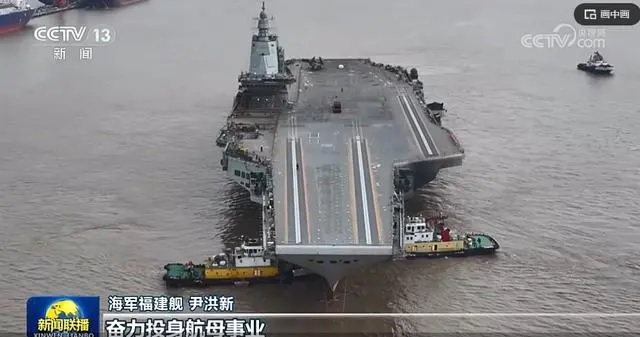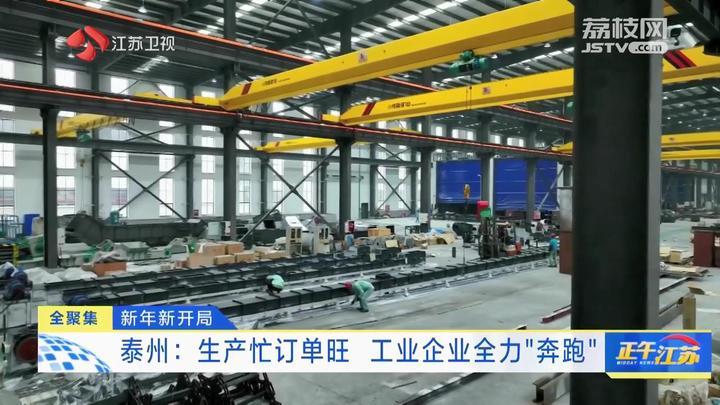Aircraft carrier Fujian worthy of expectations

China's third aircraft carrier, CNS Fujian, reportedly undergoing mooring tests in Shanghai, is equipped with electromagnetic catapults and arresting devices, the most advanced means of launching fixed-wing, manned airplanes from aircraft carriers. This is a great technological breakthrough for China because unlike CNS Liaoning and CNS Shandong, which use ski ramps (ski jumps) to launch airplanes, CNS Fujian will employ electromagnetic catapults for the task.
But why is the use of electromagnetic catapults a breakthrough?
Aircraft carriers have been using either ski ramps or catapults to launch airplanes. Many aircraft carriers still use ski ramps, and it was the US's newest aircraft carrier, the USS Gerald R Ford, on her first major deployment in 2017 was using the latest in aircraft launching technology — an electromagnetic catapult.
Compared with a ski ramp, a catapult is a more powerful but more complex means of launching aircraft. To operate steam-powered catapults, an aircraft carrier normally has two or more channels running along a length of its flight deck. A free-floating shuttle that traverses the length of the channels is attached to the front landing gear of an aircraft, which gains enough momentum to achieve a lift and fly when steam generated in the ship's engine section and piped to an area just under the flight deck is released, driving the shuttle (and aircraft) rapidly down the track.
The problem with steam-powered catapults is that they are expensive and difficult to maintain, and cannot accommodate heavier aircraft planned for the future. Also, the amount of steam needed to launch an airplane depends on its weight, and once a launch has begun, no changes can be made. If too much steam is released, the nosewheel landing gear attached to the catapult can be ripped off the aircraft. And if enough steam is not released, the aircraft won't reach takeoff speed and could fall into the water.
The advantage of the electromagnetic air launch system of catapults is that it knows precisely what speed an aircraft should have at any point of the launch process, and can make adjustments during the process to ensure an aircraft is within the desired takeoff speed.
Equipped with such advanced technology and state-of-the-art equipment, CNS Fujian, whose schedule for maiden sea trial is yet to be decided, will not only strengthen but also further modernize the People's Liberation Army Navy. And once CNS Fujian, which has a flat, straight flight deck and a full displacement of more than 80,000 tons, is launched, it will form a great fleet along with CNS Liaoning and CNS Shandong.
The three aircraft carriers will also expand the operational area of the PLA Navy. In fact, the aircraft carriers have filled a significant strategic blank in the PLA Navy, allowing China to shift from coastal defense to oceanic defense.
China has been fulfilling its growing international responsibilities, and with a stronger navy and offshore operational capability, it can better safeguard peripheral security and contribute more to global peace by facilitating the free movement of merchant ships and combating piracy.
When CNS Fujian, China's first fully domestically developed and built aircraft carrier with electromagnetic catapults, completes the combat capability test and is commissioned, the Chinese navy can provide more relief materials for disaster-hit countries and conduct bigger rescue and anti-piracy operations because it can carry more supplies and personnel.
Compared to the 11 aircraft carriers currently in service with the United States, the exaggerated claims of the "China threat" theory by certain Western media outlets lack credibility. The remarkable progress of the PLA Navy deserves recognition and should continue to evolve in order to contribute to regional and global peace.







